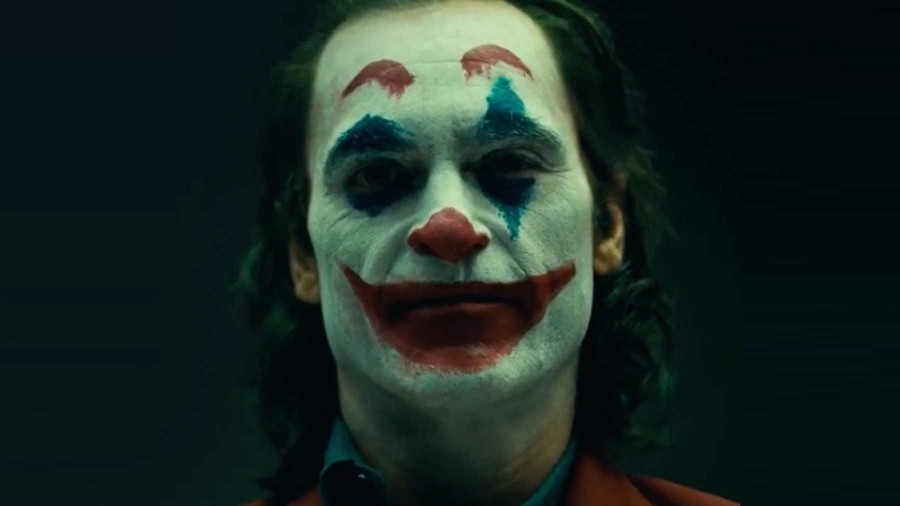Films have the power to affect millions and therefore have a duty to respectfully represent what they show.
Mental health on screen is often polarising to audiences. Some films depict mental health issues with a more sympathetic representation, whilst others highlight them as disgusting diseases with little understanding. We’ll be challenging those myths and showing the accurate representations in film.

Mental illness doesn’t define you – TRUE
Mental health in films can often lead to negative stigmas attached to the illness. Films dramatise it for a greater effect, but that can be damaging. Michael Myers in Halloween (1978) suffers with a mental illness but it’s used to explain why he is a mass murderer. The film uses mental illness to suggest that there is no cure and he is evil. When in fact, his doctor let him down by parading him to the world as his patient.
Silver Linings Playbook (2012) and A Beautiful Mind (2001) depict people suffering with their mental health but it doesn’t define them. In the latter, Russell Crowe’s character is an academic at a prestigious university who begins to suffer with paranoid schizophrenia. This doesn’t turn him into a murderer, instead he struggles with his illness but manages to live a fulfilling life by starting a family and becoming a successful professor. These films successfully show mental illness in a more sympathetic tone with no stigmas attached to it.

Women are crazy, men are monsters – FALSE
Fatal Attraction (1987) depicts a woman suffering from borderline personality disorder but highlights her as a crazy and unstable monster. Instead of helping her and finding treatment, they end it by killing her. It perpetuates a myth that people with mental health issues are violent and unpredictable. Female ‘madness’ and ‘hysteria’ is often hyper-sexualised in cinema as it becomes a fetish that a woman’s only goal is to sex with a man.
Similarly, men suffering with mental illnesses are often depicted as monsters. 12 Monkeys (1995) shows Brad Pitt’s character as a monster who expresses his dissatisfaction with humanity. His character’s actions lead to killing almost all humans. He appears to be suffering from schizophrenia but receives no treatment in the mental institution – his condition isn’t stated in the film, as he is simply known as the “mad son”.

Seeking help is acceptable – TRUE
Good Will Hunting (1997) illustrates that it’s acceptable to seek help. Therapists are often shown in cinema as selfish people who are only helping for their own self-gain. Mental institutions are depicted as prisons that are violent and dangerous. Good Will Hunting highlights that therapy can help even the proudest people and there is no shame in seeking help.
Films like Girl, Interrupted (1999), 28 Days (2000) and It’s Kind of a Funny Story (2010) show institutions such as rehab and psychiatric hospitals as helpful and less like a prison sentence. The main characters in these films realised that once they accepted the help being offered to them, they gradually begin to recover. Negative stereotypes include films like One Flew Over the Cuckoo’s Nest (1975) that show institutions as malevolent and having little regard for patient welfare. This negative stereotype could instil fear and lead to someone not seeking treatment.

Mental illness only affects disturbed people – FALSE
In the past, films depicting mental health issues often feature characters who are traumatised or disturbed. Buffalo Bill in Silence of the Lambs (1991) is an example of this, as he has had a traumatising past therefore becomes a schizophrenic with many different mental health disorders. Anyone can be affected by mental health issues as it is a prevalent issue in society.
Love Liza (2002), Inside Out (2015) and The Skeleton Twins (2014) highlight that mental health issues can affect anyone. Love Liza depicts a grieving widower and Inside Out shows a young girl deal with issues of growing up. Nothing disturbing happens to the two lead characters in The Skeleton Twins, but they both suffer with depression and suicidal thoughts. There is no big grand reveal that they had been abused, just two normal adults dissatisfied and struggling with everyday life. These films help to dispel the myth that people suffering with their mental health are obviously disturbed.
I think mental health in films has changed radically over the past decade. The remake of Halloween (2007) showed Michael Myers more as a troubled child trying to do what he thought was right. Whilst some films still perpetrate some of the damaging myths and stigmas – most films are now trying to be understanding.
Most recently, Joker (2019) showed a notorious villain as a broken man suffering with his mental health – but despite Joker being more sympathetic towards mental health, it amplifies the stigma and fear that mental illness leads to violence. Perhaps 2020 will have some more accurate portrayals of mental illness, but we still have a long way to go in film.
By Charlie Vogelsang
Feature image credit: Empire

